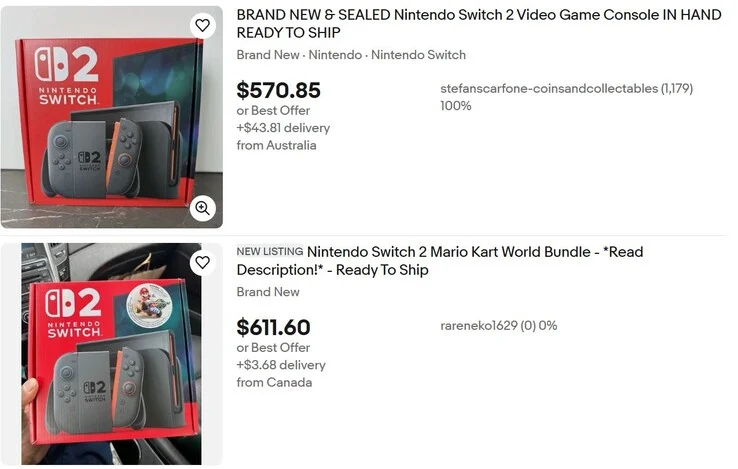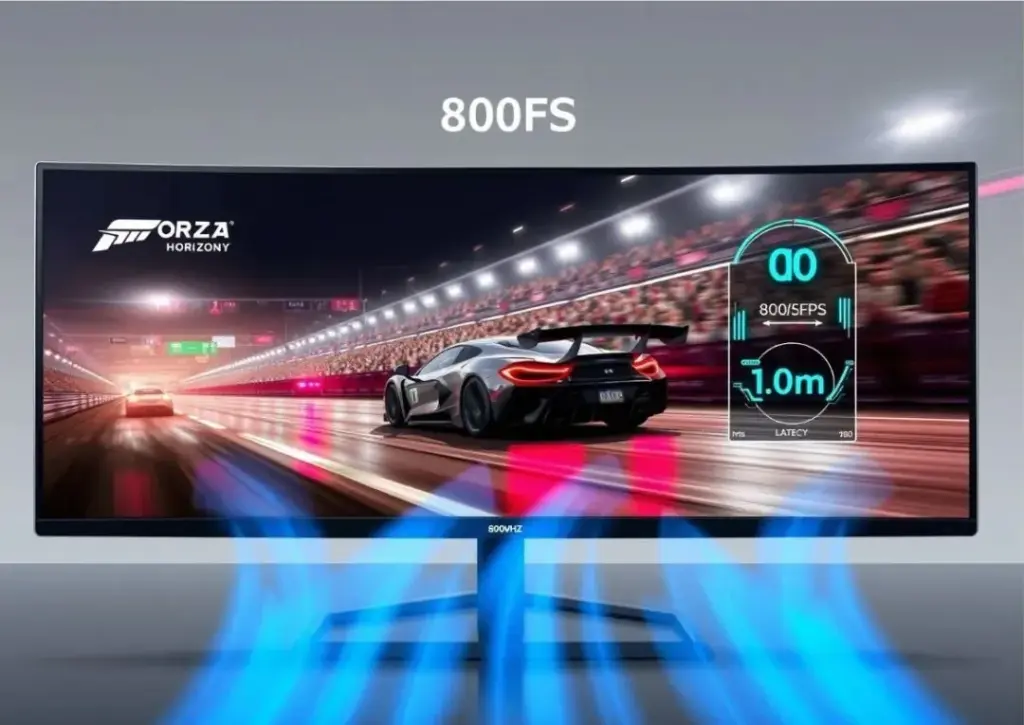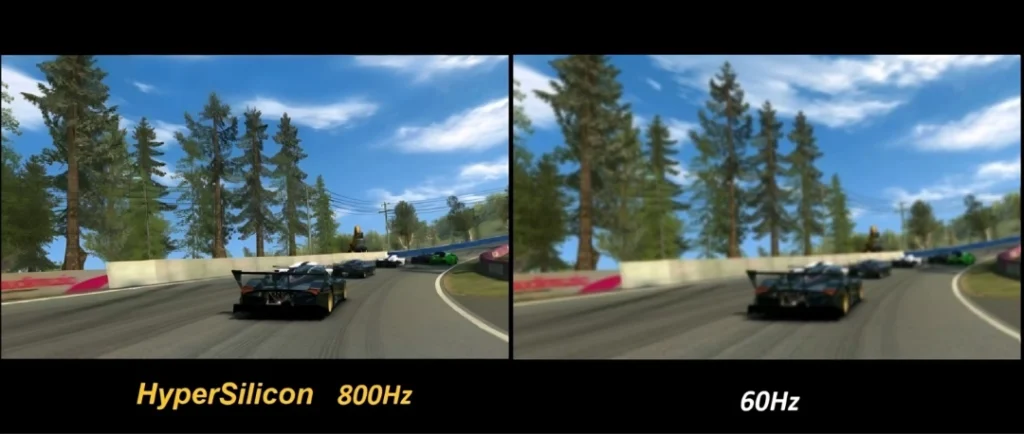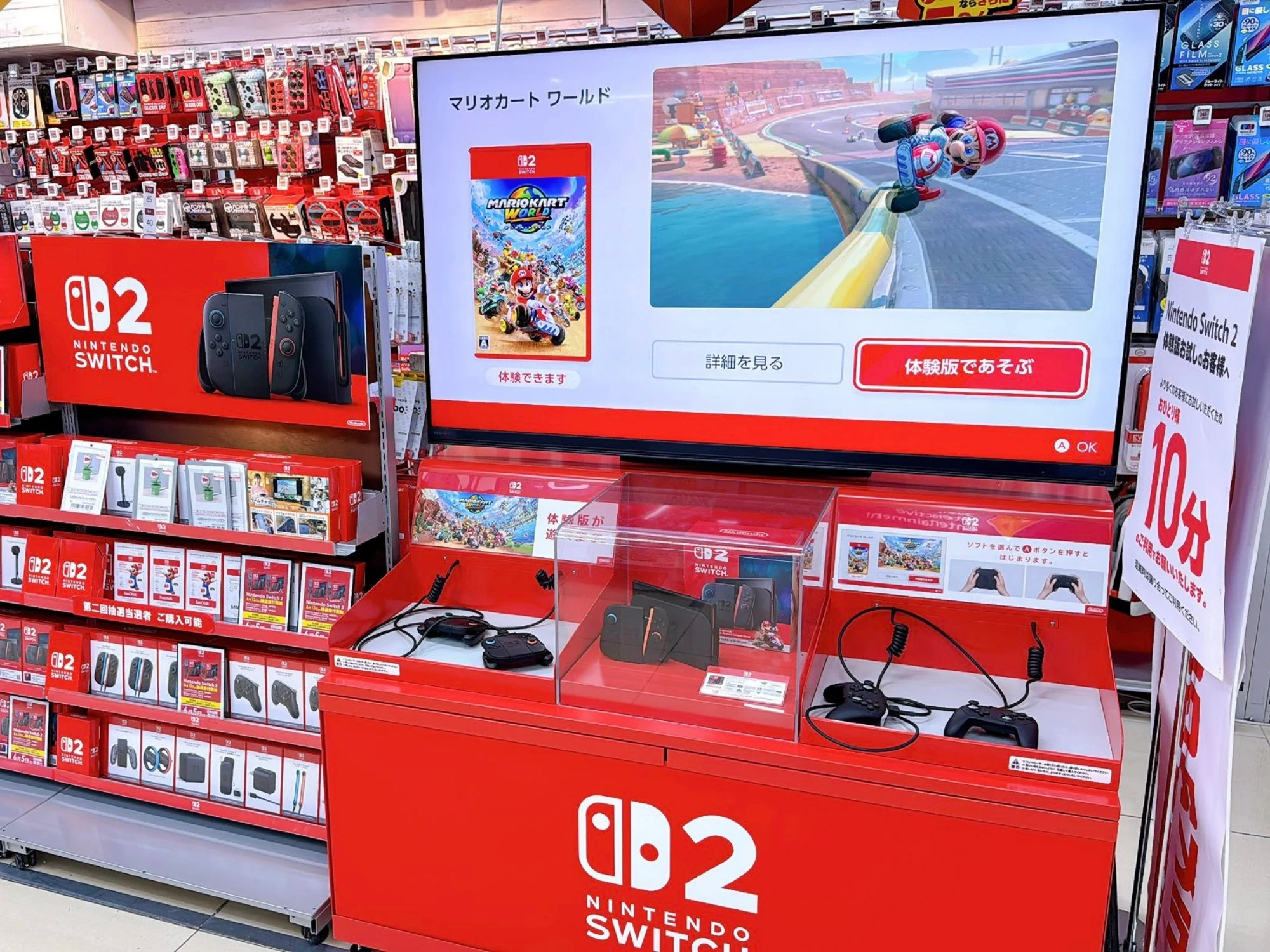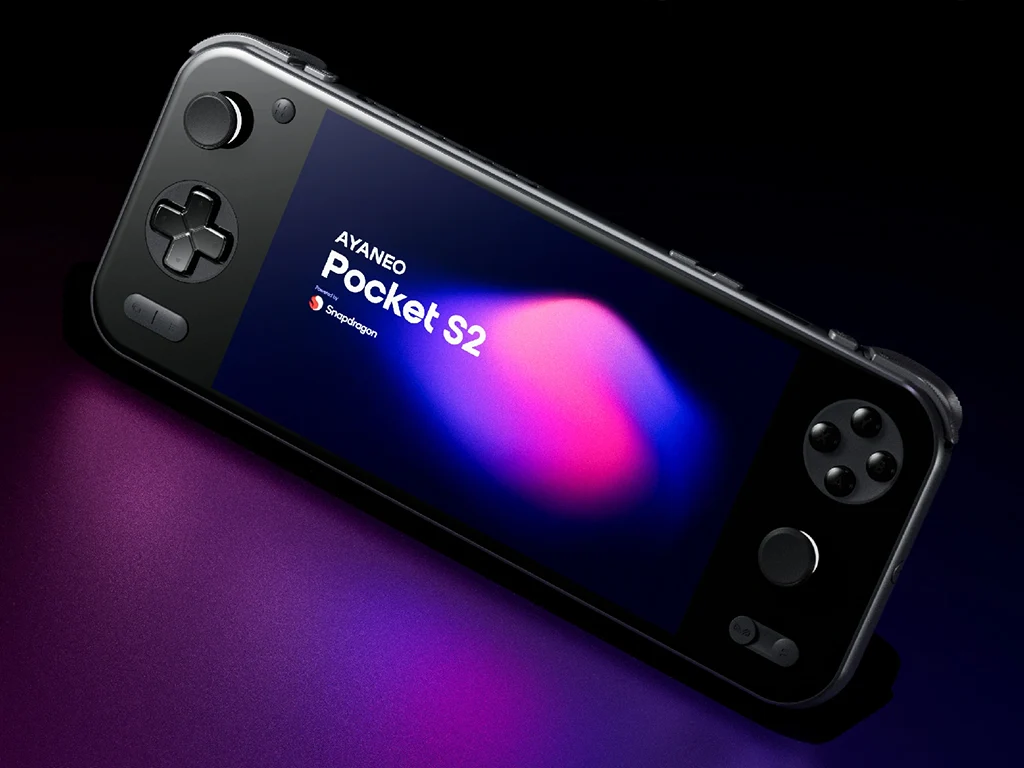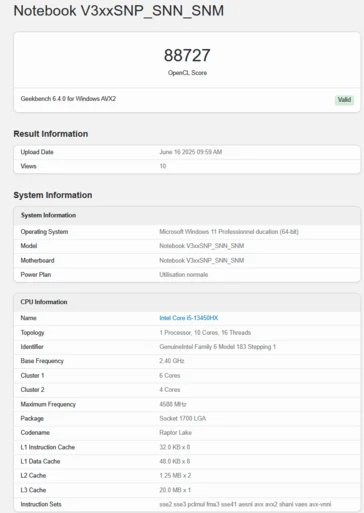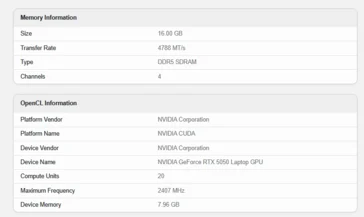Key Takeaways
1. The Nintendo Switch 2 launched successfully, selling over 3 million units in a few days, causing high demand and low retail availability.
2. Scalpers are reselling Switch 2 units at inflated prices, with listings on eBay starting around $537, much higher than the retail price.
3. Game bundles for the Switch 2, like the Mario Kart World bundle, are also being sold for significantly higher prices, around $600.
4. Nintendo is expected to continue producing more Switch 2 units, which may lead to restocks and better availability.
5. To find a Switch 2, consumers should sign up for alerts, check local retailers, and use websites like Stock Informer for stock updates.
The Switch 2 debuted earlier this month and received a fantastic reaction, with Nintendo selling over 3 million units in just a few days. Given this level of excitement, it’s not surprising that finding the console at its retail price is quite difficult during its launch month in the US.
Scalpers Take Advantage
The past few years have shown us the GPU and PS5/Xbox Series shortages, and now scalpers are taking the chance to grab Switch 2 units at MSRP, only to resell them at much higher prices.
For example, the least expensive “Buy it now” option for a Switch 2 on eBay is about $537 as of now. There are other similar listings, but many of the sellers are based outside the US. The lowest price from a US seller is $600 and includes an option for local pickup.
Game Bundles Are Pricier
Pricing for game bundles is even more staggering. The Nintendo Switch 2 Mario Kart World bundle, which has a suggested retail price of $499.99, is currently listed on eBay for over $600. Interestingly, many buyers seem willing to pay these inflated amounts for the Nintendo Switch 2.
It’s worth noting that we don’t suggest buying the Switch 2 from scalpers. Unlike the recent Nvidia GeForce RTX 50 series launch, Nintendo had a good amount of Switch 2 stock ready for sale. This gives us hope that they will continue to produce more units, leading to regular restocks.
Finding the Switch 2
Since the Switch 2 has only been available for around two weeks, retailers like Best Buy and GameStop are having a tough time meeting the initial demand. Therefore, a good plan is to sign up for alerts wherever possible, check in at your local GameStop, Best Buy, or Walmart, and frequently visit their online stores.
Source:
Link
